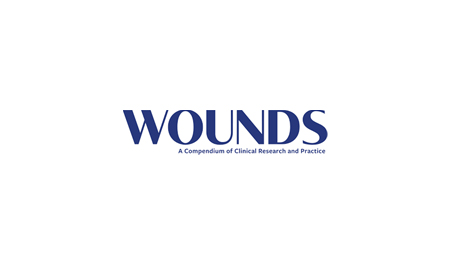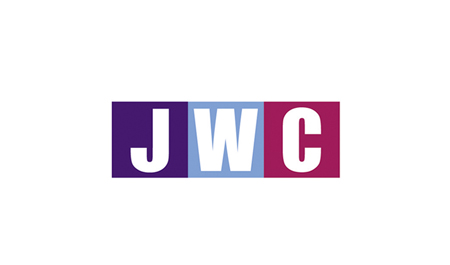Abstract
Objective: Debridement, the removal of nonviable tissue, forms the foundation of wound care practice. Clinicians have a variety of debridement methods at their disposal: sharp, biologic, enzymatic, autolytic and mechanical. The choice of debridement technique depends on the patient care setting, ulcer type and the clinician’s experience, training, comfort level and licensure. This prospective study evaluated a novel debridement instrument, EZ-Debride (MDM Ventures, US). Cutting flutes on the head of the tool permit uniform removal of dead tissue while lessening the risk of deeper injury. It may also minimise pain during the debridement procedure. Method: Subjects with hard-to-heal wounds, drawn from a single wound care centre, participated in this institutional review board-approved prospective clinical study. Pain was measured before, during and after debridement using a numerical scale. Assessment of bacterial burden using fluorescence imaging (MolecuLight, Canada) was performed before and after debridement. Results: Enrolment of 10 male and 12 female subjects, with a total of 28 wounds, was carried out over a two-month period by two investigators at a single institution. The average age of subjects was 64 years (range: 22–95 years). The average wound duration was 29 weeks (range: 6–142 weeks). Wound types included diabetic foot, venous leg and pressure ulcers, post-surgical and traumatic wounds. The average pain score at the time of enrolment was 3.9. Subjects reported an average increase in pain with debridement of 0.6 points (range: 0–8). Fluorescence imaging demonstrated a reduction in bacterial load in 69% of cases, with complete resolution in 19% of wounds. Haemostasis was achieved with direct pressure in all cases and the only adverse event was a wound infection that occurred four days after debridement. Conclusion: The results suggest that this novel debridement tool can safely remove nonviable tissue with minimal discomfort and reduce bacterial burden similar to results achieved by sharp debridement.
















